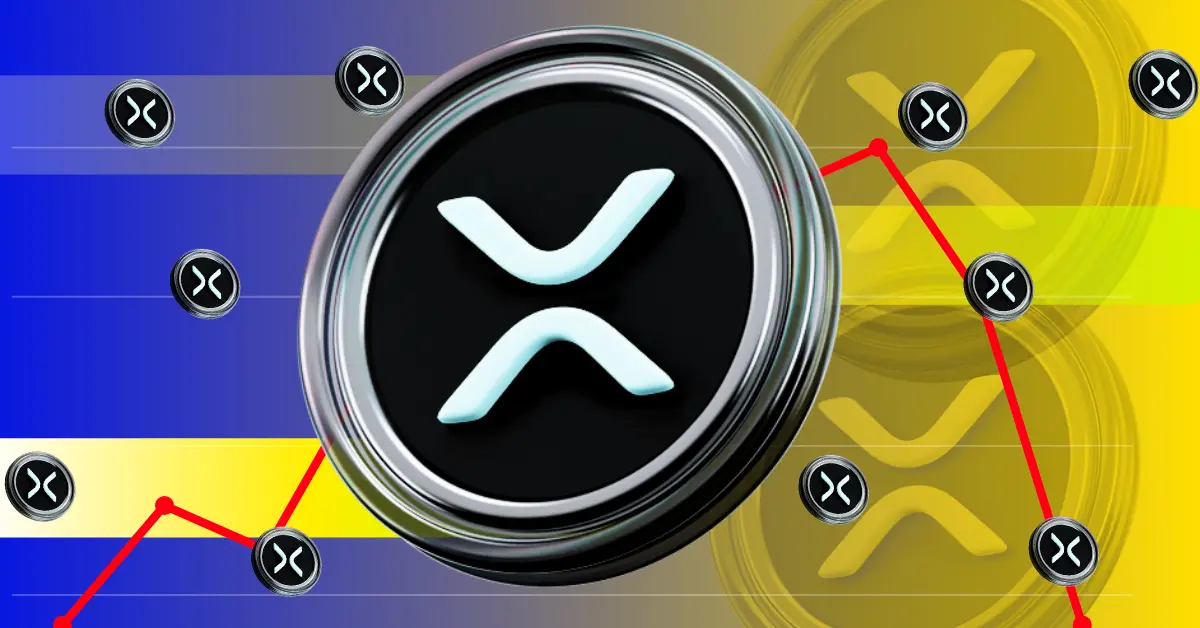Trident Digital’s $500 Million XRP Treasury Initiative: Unpacking a Landmark Move in Corporate Crypto Strategy
Corporate treasuries have long relied on traditional financial instruments—cash, bonds, and equities—to balance liquidity, risk, and yield. Trident Digital Tech Holdings Ltd.’s bold announcement to raise $500 million for an XRP-dedicated treasury challenges and expands that paradigm, signaling a potential sea change in how companies incorporate decentralized finance (DeFi) assets into their financial architectures. This report examines the motivations behind Trident’s initiative, the operational mechanics involved, market and regulatory hurdles, and the broader ramifications for institutional crypto adoption.
Embracing XRP: More Than Just a Crypto Bet
At the heart of Trident’s strategy is the acquisition of XRP tokens, a decision grounded in both innovation and pragmatic financial thinking. XRP, native to the XRP Ledger (XRPL), was built to offer lightning-fast transaction settlements with high efficiency, dating back to its 2012 inception. Unlike cryptocurrencies that function mainly as speculative assets, XRP’s utility extends into active financial management.
A standout feature is the potential for staking XRP—locking tokens to earn yield—which elevates the asset from a passive reserve to an income-generating instrument within a corporate treasury. This nuanced approach underscores Trident’s attempt not merely to hold crypto but to leverage DeFi features to optimize returns, diversifying risk beyond the traditional static asset classes.
Furthermore, enlisting Chaince Securities LLC as a strategic advisor lends expertise to steer this complex journey, ensuring robust governance is coupled with compliance adherence. Trident’s plan to intertwine their treasury with the broader Ripple ecosystem reveals an ambition to embed themselves within an innovative network, fostering technological partnerships that could open doors to new business avenues such as cross-border payments and tokenized trade finance.
Redefining Corporate Treasury Management Through DeFi
Trident’s initiative exemplifies a forward-leaning philosophy toward treasury operations. Historically focused on capital preservation and liquidity management, corporate treasury practices are evolving with the rise of blockchain technology and DeFi protocols that promise heightened yield opportunities and financial experimentation.
By integrating staking and actively engaging with the Ripple ecosystem, Trident transforms the concept of a treasury from a passive repository to a dynamic portfolio element. This aligns with a broader industry trend where digital assets are not solely held for price appreciation but are actively deployed to generate risk-adjusted returns.
Moreover, this strategic positioning may afford Trident competitive advantages amid emerging global economic shifts. For instance, leveraging XRP for cross-border settlements or in trade finance tokenization could streamline operations and reduce costs, while participation in BRICS economic collaborations suggests possible diversification away from traditional fiat dependencies.
Navigating Market and Regulatory Complexities
While tantalizing in its prospects, the $500 million XRP treasury venture is not without challenges. Cryptocurrencies, XRP in particular, face regulatory scrutiny due to their hybrid status as both digital assets and payment tokens. Globally, jurisdictions vary widely in their classification and legislative approaches to such instruments.
Trident’s choice to maintain a Nasdaq-listed corporate structure and work closely with strategic advisors highlights an intentional effort to comply with securities regulations and mitigate investor risk. This regulatory prudence will be essential to secure capital inflows and maintain market confidence.
On the market side, amassing a large corporate XRP reserve could shift liquidity pools and price dynamics. While significant accumulation might strain short-term liquidity, it could also reduce volatility by embedding institutional support—potentially encouraging other corporates to view XRP as a credible treasury asset.
Broader Industry Impact and Regional Dynamics
Trident Digital’s initiative stands as a pioneering model for institutional digital asset management. Unlike many companies whose cryptocurrency holdings remain minor or speculative, this planned treasury reserve is deliberately sizable and operationally strategic.
This move could ignite competitive responses within both the technology and financial sectors, driving further corporate engagements with XRP and other blockchain tokens. Expect surges in demand for staking services, yield-generating protocols, and ecosystem development as corporations seek to replicate or innovate upon Trident’s blueprint.
Notably, the interest among Asian institutional investors observed alongside Trident’s strategy reflects a regional appetite for blockchain innovations that dovetail with modernization efforts in finance. This concentrated institutional involvement may accelerate adoption curves and bolster Ripple’s ecosystem expansion in strategically significant markets.
Conclusion: Charting a New Course in Corporate Treasury Innovation
Trident Digital’s commitment to a $500 million XRP treasury transcends a mere investment decision; it encapsulates a visionary fusion of traditional financial stewardship with the dynamic potential of decentralized finance. By forging into uncharted territory—staking tokens for yield, cultivating ecosystem participation, and navigating regulatory landscapes—the company crafts an influential model for how digital assets can be integrated at scale within corporate balance sheets.
Success will hinge on balanced governance, agile adaptation to regulation, and market conditions. Still, this initiative signals a maturing confidence in digital assets beyond the oft-highlighted Bitcoin and Ethereum, elevating XRP’s status as a viable component in corporate treasury diversification.
As blockchain technology reshapes how companies approach liquidity, risk, and growth, Trident Digital’s bold leap may well inspire a new era where corporates harness not just the promise of crypto, but its practical, productive capabilities—turning what was once speculative into a cornerstone of modern financial strategy.

